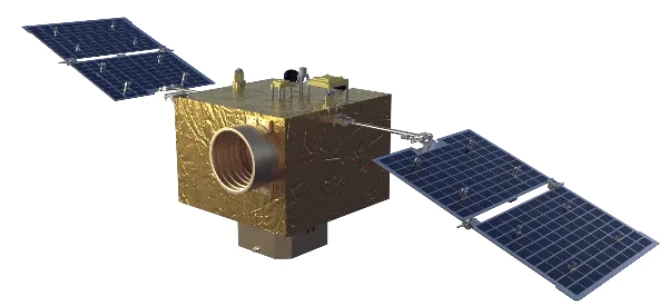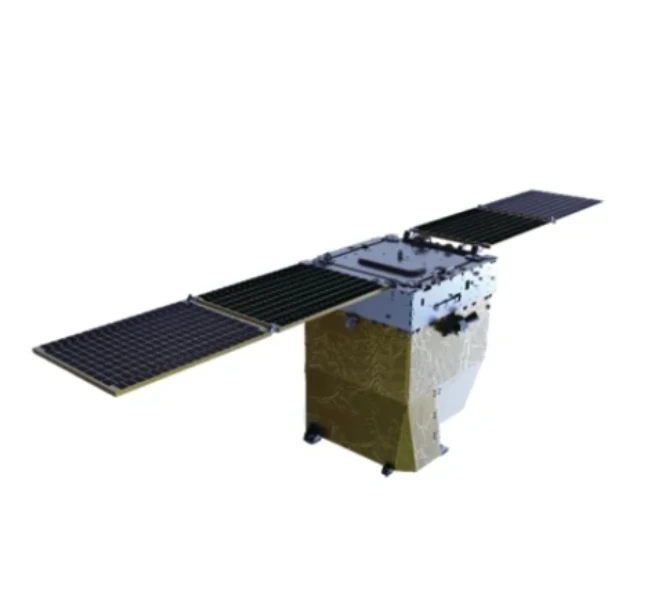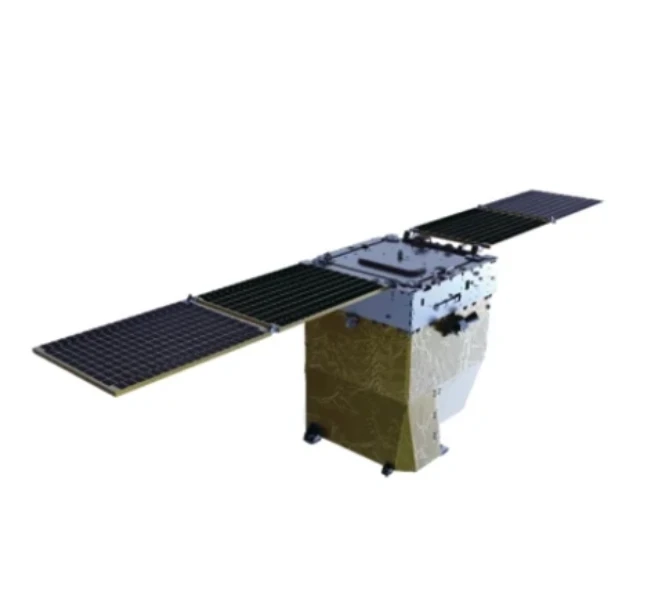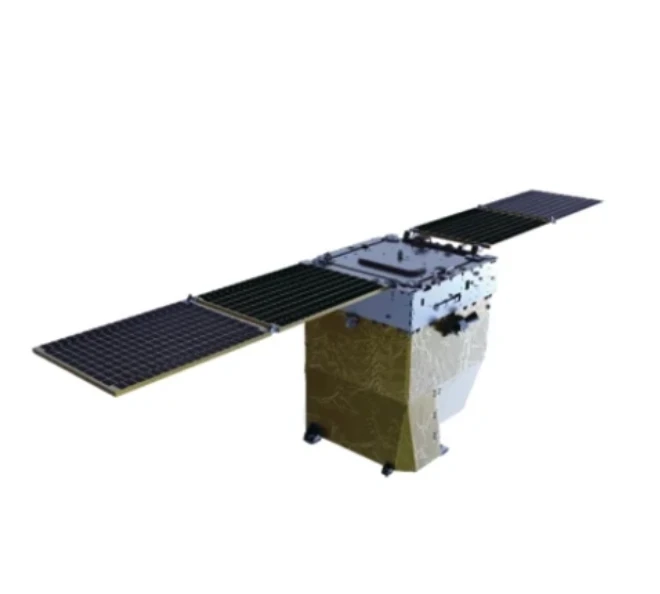
- Afrikaans
- Albanian
- Amharic
- Arabic
- Armenian
- Azerbaijani
- Basque
- Belarusian
- Bengali
- Bosnian
- Bulgarian
- Catalan
- Cebuano
- China
- Corsican
- Croatian
- Czech
- Danish
- Dutch
- English
- Esperanto
- Estonian
- Finnish
- French
- Frisian
- Galician
- Georgian
- German
- Greek
- Gujarati
- Haitian Creole
- hausa
- hawaiian
- Hebrew
- Hindi
- Miao
- Hungarian
- Icelandic
- igbo
- Indonesian
- irish
- Italian
- Japanese
- Javanese
- Kannada
- kazakh
- Khmer
- Rwandese
- Korean
- Kurdish
- Kyrgyz
- Lao
- Latin
- Latvian
- Lithuanian
- Luxembourgish
- Macedonian
- Malgashi
- Malay
- Malayalam
- Maltese
- Maori
- Marathi
- Mongolian
- Myanmar
- Nepali
- Norwegian
- Norwegian
- Occitan
- Pashto
- Persian
- Polish
- Portuguese
- Punjabi
- Romanian
- Russian
- Samoan
- Scottish Gaelic
- Serbian
- Sesotho
- Shona
- Sindhi
- Sinhala
- Slovak
- Slovenian
- Somali
- Spanish
- Sundanese
- Swahili
- Swedish
- Tagalog
- Tajik
- Tamil
- Tatar
- Telugu
- Thai
- Turkish
- Turkmen
- Ukrainian
- Urdu
- Uighur
- Uzbek
- Vietnamese
- Welsh
- Bantu
- Yiddish
- Yoruba
- Zulu
Understanding Key Electronic Component Definitions and Types
In the intricate world of electronics, clear definitions of components are essential for both enthusiasts and professionals. Terms such as motherboard meaning, meaning of smd, inductor meaning, capacitor meaning, and component types form the foundation of understanding how electronic systems function. Each concept carries specific significance, influencing design, functionality, and troubleshooting in circuits and devices.
The Role and Motherboard Meaning in Electronic Systems
A motherboard, often referred to as the mainboard, serves as the central hub of a computer or electronic device. The motherboard meaning lies in its role as a platform that connects all other components, such as the processor, memory, storage, and peripherals, enabling communication between them. Constructed with layers of conductive traces and sockets, a motherboard provides mechanical support and electrical connectivity. For example, in a desktop computer, the motherboard houses the CPU socket, RAM slots, and expansion ports, ensuring data flows seamlessly between the component types it hosts. Its design varies across devices, from the compact motherboards in laptops to the robust versions in servers, but its core function as a central connector remains constant.
Decoding the Meaning of SMD in Component Design
The meaning of smd—surface - mount device—refers to a technology where electronic components are mounted directly onto the surface of a printed circuit board (PCB), as opposed to through - hole components that require inserting leads into holes. SMD components, such as resistors, capacitors, and integrated circuits, are smaller and more compact, allowing for higher component density on PCBs. This technology revolutionized electronics by enabling the miniaturization of devices like smartphones and wearables. For instance, an SMD capacitor occupies less space than its through - hole counterpart, making it ideal for modern, sleek designs. The meaning of smd also encompasses the manufacturing process, which uses automated placement and soldering to improve efficiency and reliability in component installation.
Exploring the Inductor Meaning in Circuit Design
An inductor is a passive electronic component designed to store energy in a magnetic field when electric current flows through it. The inductor meaning is rooted in its ability to oppose changes in current, a property known as inductance. Inductors are typically coiled wires, sometimes wrapped around a magnetic core to enhance their inductive properties. In power supply circuits, inductors filter out voltage fluctuations, ensuring a stable output. For example, in a DC - DC converter, an inductor stores energy during the input phase and releases it during the output phase, regulating the voltage. Understanding the inductor meaning is crucial for designing circuits that require precise control over current flow, such as in wireless charging systems or audio amplifiers.
Unpacking the Capacitor Meaning in Electrical Systems
A capacitor is another passive component that stores and releases electrical energy in an electric field. The capacitor meaning revolves around its two conductive plates separated by an insulating dielectric material. Capacitors can smooth voltage ripples in power supplies, filter signals in audio equipment, or store energy in flashlights. For instance, a capacitor in a motherboard’s power delivery system stabilizes voltage spikes, protecting sensitive components like the CPU. Different component types of capacitors, such as ceramic, electrolytic, or tantalum, offer varying capacitance values and voltage ratings, making them suitable for specific applications. The capacitor meaning also includes its role in energy storage, which is vital for maintaining power during brief interruptions in circuits.
Classifying Component Types in Electronics
Electronics rely on a diverse range of component types, each with unique functions and characteristics. Active components, like transistors and integrated circuits, require an external power source to operate, enabling signal amplification or switching. Passive components, such as resistors, inductors, and capacitors, do not require power and mainly regulate current or voltage. Connective components, including connectors, switches, and motherboards, facilitate signal or power transfer between other parts. For example, a motherboard integrates multiple component types, connecting the CPU (an active component) with resistors (passive components) and USB ports (connective components). Classifying component types helps in circuit design, troubleshooting, and selecting the right parts for specific applications, ensuring optimal performance and reliability.
FAQ: Clarifying Key Electronic Component Concepts
How Does the Motherboard Meaning Relate to Device Performance?
A motherboard’s design impacts device performance by determining the types of components it can support, such as the CPU socket compatibility or RAM speed limits. A high - quality motherboard with robust power delivery and efficient heat dissipation ensures stable operation for high - performance components, preventing bottlenecks or overheating issues.
What Are the Advantages of SMD Over Through - Hole Component Types?
SMD components offer smaller size, higher density, and better high - frequency performance compared to through - hole component types. They also enable automated assembly, reducing manufacturing costs and improving soldering precision, which is crucial for modern, compact electronic devices.
How to Differentiate Between Inductor and Capacitor Functions?
Inductors store energy in magnetic fields and oppose changes in current, while capacitors store energy in electric fields and oppose changes in voltage. Inductors are often used in filtering, energy storage in power supplies, or RF tuning, whereas capacitors excel in smoothing voltage, coupling signals, or bypassing noise in circuits.
Why Are There Diverse Component Types of Capacitors?
Different component types of capacitors exist to meet varying needs for capacitance, voltage, temperature tolerance, and physical size. For example, ceramic capacitors are ideal for high - frequency applications, electrolytic capacitors offer large capacitance in compact sizes (though with polarity considerations), and tantalum capacitors provide stability in critical circuits despite higher costs.
Can SMD Component Types Be Used in High - Power Applications?
While SMD components are typically associated with low - to - medium power applications due to their small size, modern SMD designs include power transistors and inductors capable of handling higher currents. These specialized SMD component types feature enhanced thermal management and robust construction, making them suitable for power electronics in devices like electric vehicles or renewable energy systems.











